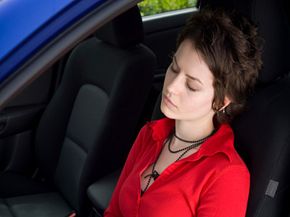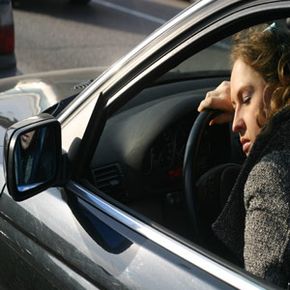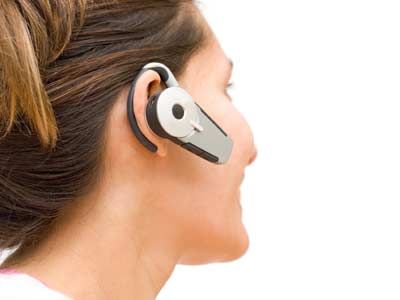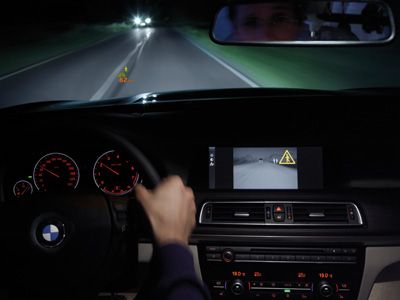Everyone knows about the alarms that abruptly wake us from our slumbers each morning, but have you heard of alarms that can keep us awake while we're driving? Anti-sleep alarms do more than simply startle and annoy drivers -- they can save them from fender benders or worse by alerting them if they start to nod off behind the wheel.
There are two types of anti-sleep alarms. The first type of alarm is built right into the car and uses sensors, cameras and other high-tech tricks to discern a driver's fatigue and correct the problem accordingly. The second type fits over the driver's ear and sounds an alert when the driver starts to fall asleep. While the in-car alarm systems are a recently developed feature that can add thousands of dollars to a car's sticker price, the over-the-ear alarm is both cheap and readily available. Drivers can find these for $10 to $20 under brand names like Nap Zapper, No Nap, and Doze Alert.
Advertisement
The names might sound funny, but the need for anti-sleep alarms is no joke. A poll conducted by the National Sleep Foundation showed that 60 percent of Americans have driven while feeling sleepy, and 37 percent admit to falling asleep at the wheel in the past year. In fact, sleepy driving can be deadly: The National Highway Traffic Safety Administration (NHTSA) reports that drowsy driving causes more than 100,000 car crashes -- and kills more than 1,500 people -- each year [source: Fenton]. While the safest course of action is to get a good night's sleep or to take a nap before driving, an anti-sleep alarm could come in handy on a late-night drive.
Keep reading to find out how these gadgets see you when you're sleeping and know when you're awake.
Advertisement




